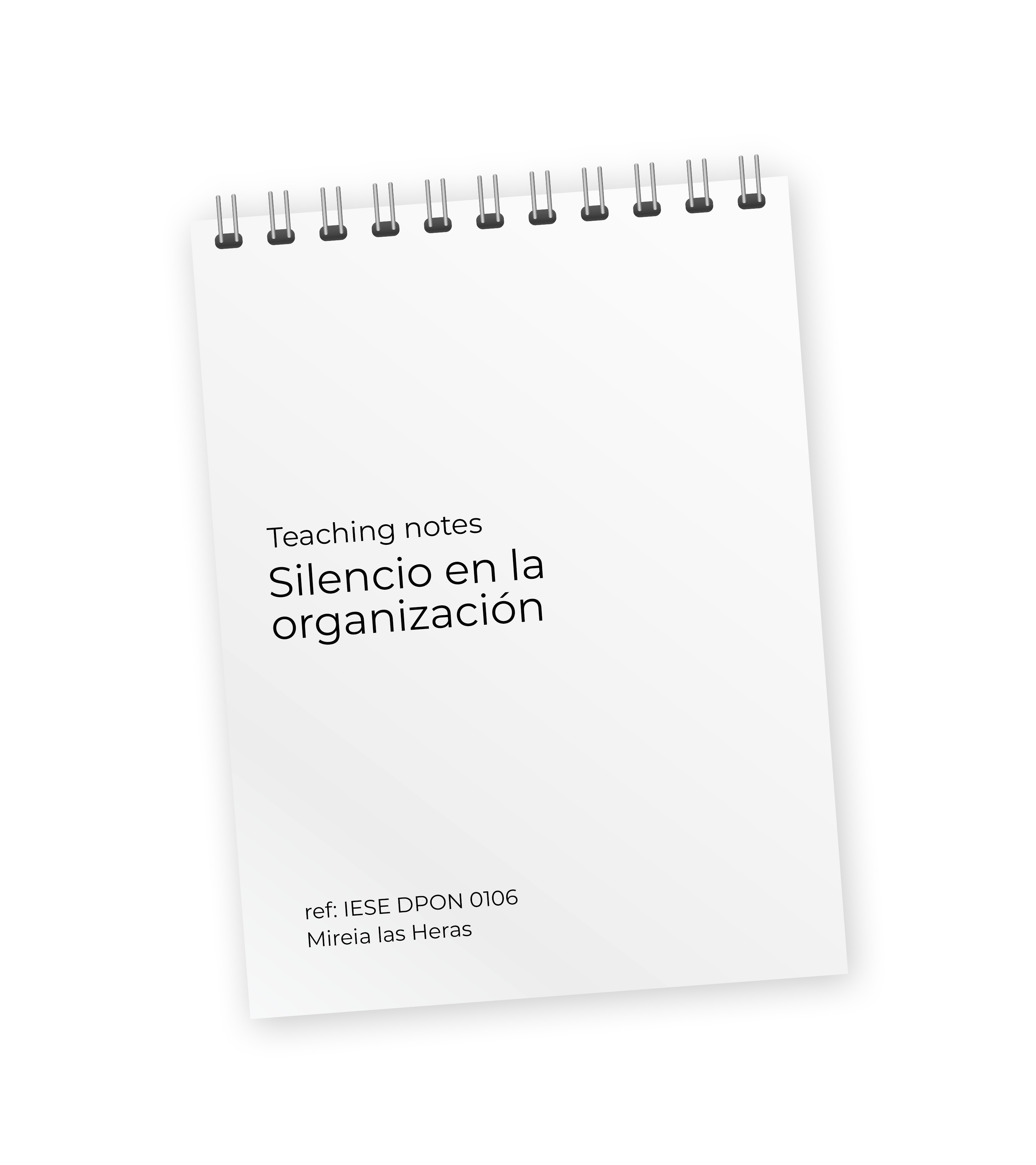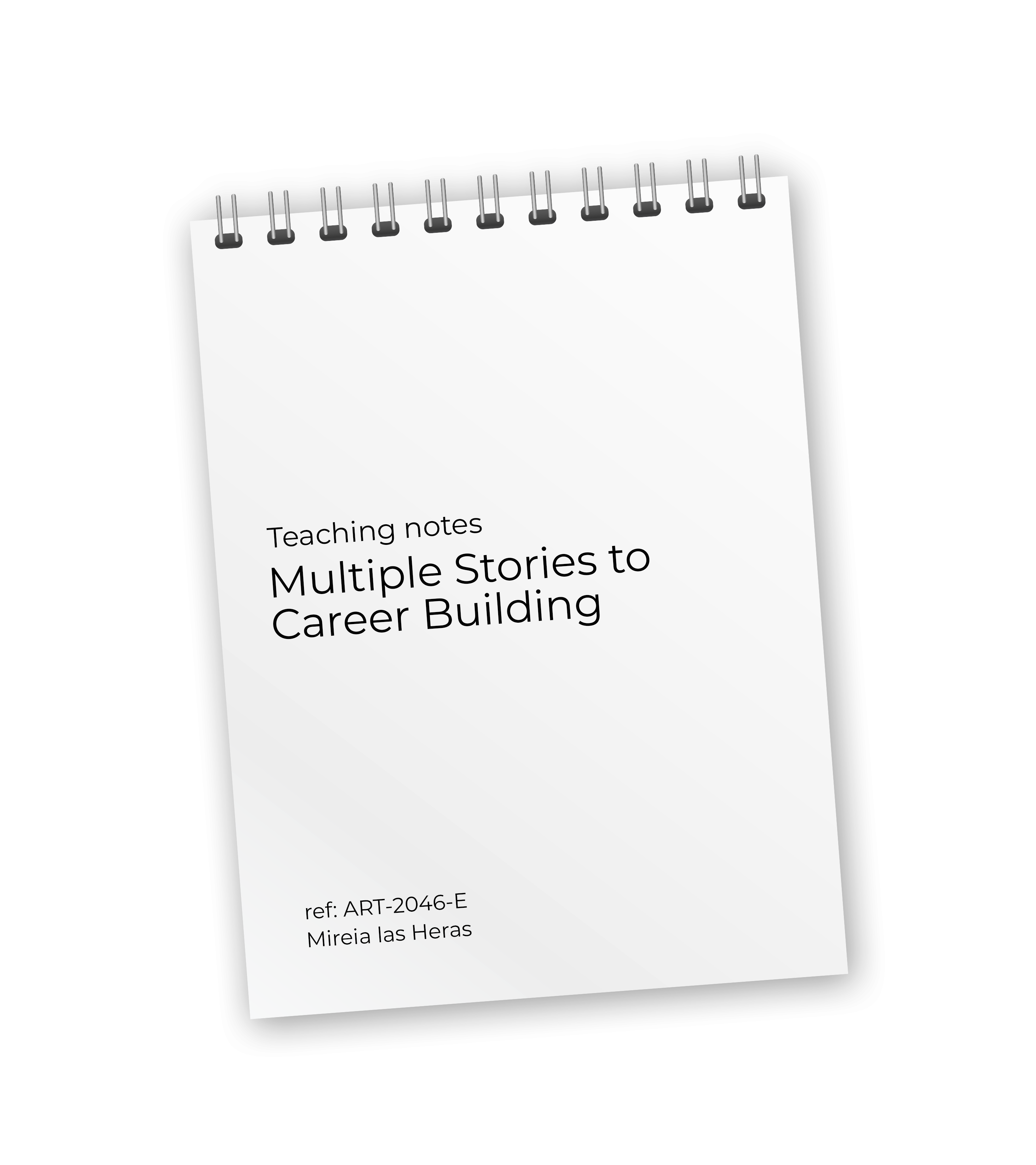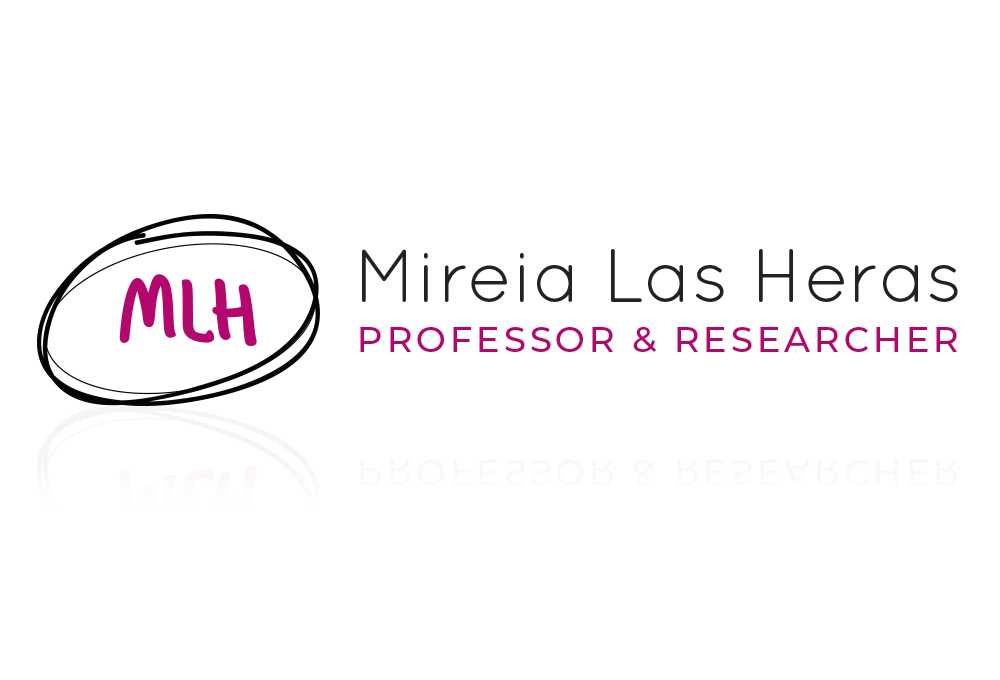Teaching materials
Technical Notes
Going deep into reasons.

Las empresas autogestionadas
Self-managed organizations
Este documento ofrece un extenso resumen de las organizaciones autogestionadas, destacando su separación de las estructuras jerárquicas tradicionales para dar importancia al empoderamiento de los empleados y la toma de decisiones descentralizada. Analiza los orígenes y la evolución de la autogestión y varios modelos de aplicación, entre ellos, la holacracia, las organizaciones TEAL y la sociocracia. Los principios de estos modelos se ilustran con ejemplos de la vida real. Se plantean aspectos clave de la gestión, como la selección de personal, la evaluación, la remuneración y el desarrollo, demostrando que estas organizaciones promueven la cultura de la autonomía, la colaboración y la mejora continua. Asimismo, el texto aborda mitos y problemas que se suelen asociar con la autogestión y analiza su impacto en la satisfacción de los empleados y el rendimiento de la empresa.
Silence in the Organization
Silencio en la Organización (IESE DPON 0106)
Managing uncertainty is natural and common for executives and leaders...the real problem comes when we do not know what is going in in the organization, because people do not speak up. Oftentimes we mistakenly think that things go well…when that might not always be the case…
A roaring sea may signal an approaching storm. But if the sea is calm, does that mean no trouble is brewing? Not necessarily. Recall the 2004 tsunami that took so many people by surprise as they lounged on the beach the day after Christmas.
A similar thing can happen in organizations: Everything seems fine one minute, and then conflicts surge up with a vengeance.
In this paper, I explore the organizational dynamics that can give rise to sudden, unexpected conflicts. She suggests strategies to adopt in order to turn conflict, whether latent or blatant, into an opportunity for improvement.


Multiple Stories to Career Building
ART-2046-E
Career success used to be defined in terms of climbing the corporate ladder and moving up the salary scale, often sacrificing other personal aspirations along the way. Yet socioeconomic changes have altered not only the nature of competition, but also people's priorities and their conception of professional development. Rather than a steady ascent to the summit, careers are regarded as winding paths shaped according to various stages and cycles of a person's lifetime. The author analyzes this shift and describes four ways in which companies can drive personal and professional development among their workforce, based on feasible flexibility, development-oriented relationships, visibility and transparency, and diversity management.
Citation: Mireia Las Heras, ART-2046-E
Work as essential building block of the person, families and societies
El trabajo como constructor de la persona, la familia y la sociedad: Mirando al Pasado y Proyectando hacia el Futuro (IESE DPON 0002)
This paper stablishes some key principles to determine when and how to make work and non-work life decisions so that to enrich life, to benefit organizations, and to contribute to society.


